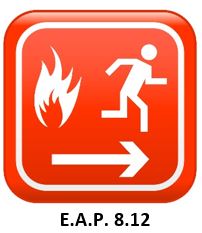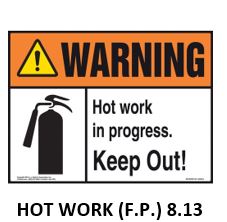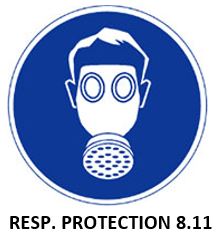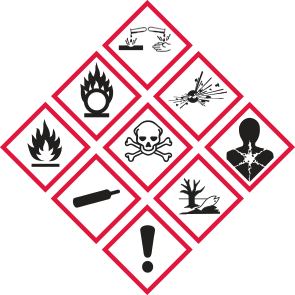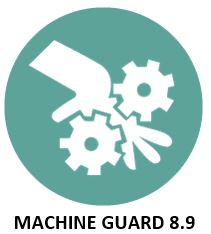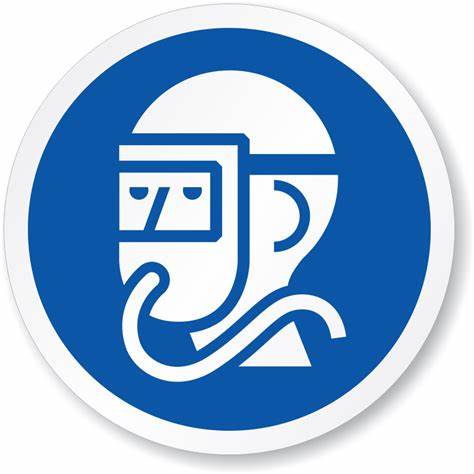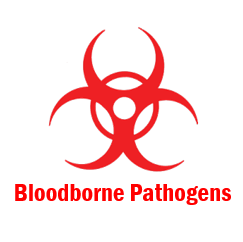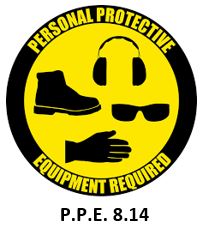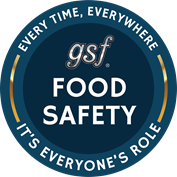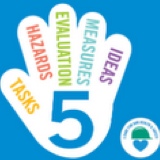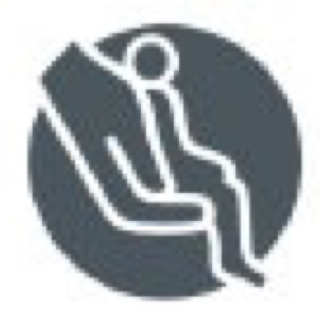Title Page
-
Conducted on
-
Prepared by
-
Location
Untitled page
-
Informal goals and objectives exist.
-
The Dean Foods Guiding Principles and Safety Vision Statement is visible in the facility.
-
Facility has a Safety Promise or similar board.
-
Annual goals for KPI's and the SMS implementation have been received from DF and have been communicated to site leadership.
-
A Site Safety Plan (previously Safety Improvement Plan) is developed which includes:<br>- SMS gap analysis action items<br>- Injury analysis action items<br>- Site risk reduction objectives (2) (3) (4). <br>- Department risk reduction objectives (if more than 100 employees at facility). <br>The plan includes the activity, start date, due date, and responsible party.
-
All locations have meetings at least weekly. (driver 1 on 1 with every driver at least weekly)
-
All employees receive updates on the annual site plan at least quarterly.
-
Top management reviews monthly at a minimum the following to monitor progress in safety:<br>• The Annual Site Safety Plan status;<br>• Safety Scorecard results;<br>• Injury rates.<br>This review must take place in a regularly scheduled meeting .
-
At least monthly management is informed on the status of their objectives (i.e. scorecard).
-
Employees are aware of key points of the Dean Foods Guiding Principles and agree management is acting in a manner to support it.
-
Managers take action when there are issues with executing the Annual Site Safety Plan or when metrics are not being met.
-
The majority of on-site top management is involved in at least three SMS elements.
-
Others, in addition to EHS personnel, are assigned activities in the Annual Site Safety Plan.
-
Employees feel they can report concerns regarding unsafe work condition without reprisal.
-
ear end total recordable injury rate (TRIR) is lower than either one of the site's two previous year end TRIR's or below the DF TRIR goal for the year.
-
The Annual Site Safety Plan is followed and is on schedule.
-
Objectives are developed in partnership with the employees and have agreement from the majority of employees.
-
Management and workforce can explain most of the objectives and the measure to achieve them.
-
Top management attends safety committee meetings.
-
All regularly scheduled staff or department meetings start with safety.
-
All site safety goals and objectives are being met.
-
All on-site top management is involved in at least three SMS elements.






